Outdated regulations
The health training sector is subject to regulations from the Ministry of Education and Training and the Ministry of Health. For the training system of specialist I, specialist II and resident doctors, the regulations of the Ministry of Health have been in effect for 19-24 years.
The regulations on postgraduate training of the Ministry of Education and Training are constantly changing, but the Ministry of Health only has an official dispatch to adjust, there is no replacement regulation. Even the Decree guiding the training of specialized majors in the health sector as prescribed when implementing the Law on Higher Education 2018, the Ministry of Health still owes 8 years now.
Postgraduate training for medical majors (general practitioners, dentists, traditional medicine doctors, etc.), according to regulations of the Ministry of Education and Training, schools must comply with the requirements of Circular 16 issued in 2024, effective from 2025.
Meanwhile, the training regulations for specialists I and II were issued by the Ministry of Health in 2001, and the training regulations for resident doctors (Circular 19) were issued in 2006.
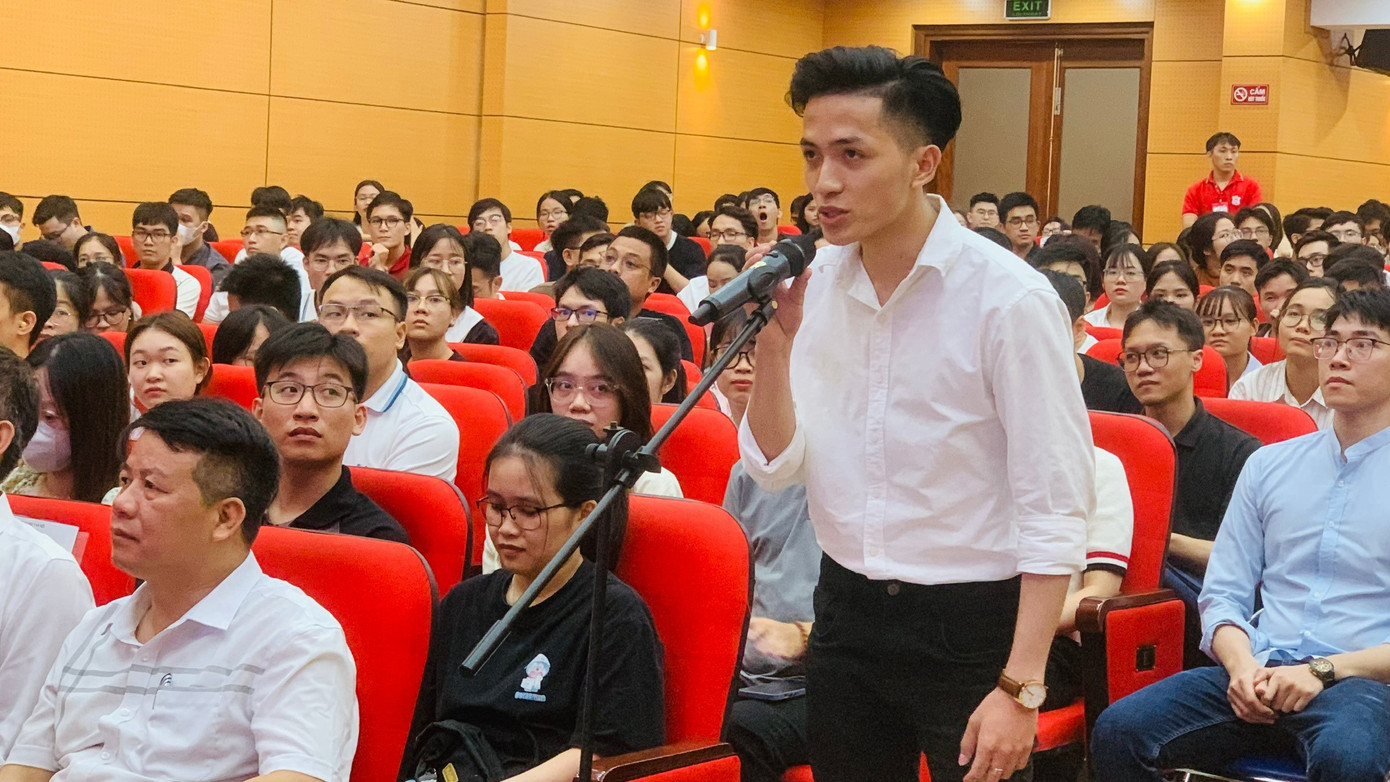
Since then, the Ministry of Health has not issued any replacement regulations. The most recent guidance document is Official Dispatch No. 3077, ensuring the quality of training of medical personnel at the CK1, CK2 and BSNT levels, sent to training facilities in May 2025.
Although this is the latest guidance in terms of time, the content has not changed much from the regulations issued 2 decades ago. Admissions experts of traditional medical schools affirm that the regulations are too outdated compared to reality. The fact that the Ministry of Health issues documents every year to guide schools to implement is completely unreasonable.
An expert shared that if the current quota for training resident doctors is limited, it is not suitable. Resident doctors are trained little and mainly work at central hospitals, while many provincial hospitals need to recruit resident doctors to serve the local people. Of the 1,770 resident doctors who graduated from Hanoi Medical University, only 2 doctors work at Hanoi hospitals, less than 10 doctors work in the province.
One of the conditions for conducting postgraduate training, especially for resident physicians in the medical group, is that the practice facility meets the conditions according to Decree 111 of the Government in 2017 (regulations on organizing practical training in health sector training).
Expanding training models
Every year, the country has about 900 resident doctors graduating. This is a very modest number compared to the actual demand, but there are many opinions surrounding the training orientation of this special system. Since 2022, educators in the medical field have discussed this issue. However, to date, there has not been a document to replace Circular 19 from 19 years ago.
According to Circular 19, residency is one of the methods of training good experts and young talents in the medical industry. Established in 1974, the number of residents of Hanoi Medical University was initially counted on the fingers. Prof. Dr. Ta Thanh Van, former Chairman of the Board of Directors of Hanoi Medical University, said that residency was established in France in 1802 and up to now, the model has changed a lot.
The soul of this model is the close connection between the competitive selection process; the process of updating knowledge and developing professional skills under the strict supervision of the practice environment, hospital and school; supporting the systematic training process of BSNT.
After 50 years, Hanoi Medical University has trained over 5,100 resident doctors. He believes that residency should not be considered as training great talents. This is compulsory specialized training, during the training process, the elite is selected. A professor in the Council of Medical Professors expressed the opinion that in the past, resident doctors were the elite because training conditions only allowed us to accept very few people, so we had to be selective.
But at present, doctors without such training are still involved in treating patients, which is very worrying for patients. If we want to have the best, we can filter out those who have undergone residency training to continue training.
According to this professor, it is necessary to move towards training doctors to achieve the current residency model to ensure the health care needs of the people in the current context. If we want to train elites, we must use a different method. Because the residency training model in Vietnam still takes less time than the world.
No other country trains doctors for 6 years to practice like Vietnam. The residency training process is to train highly skilled doctors right at the hospitals, this time there is no more theoretical training.
Prof. Dr. Nguyen Huu Tu, Rector of Hanoi Medical University, said that to meet the increasing demand for high-quality medical examination and treatment of the people, resident doctors play a very important role. Therefore, the resident doctor training model needs to be expanded to meet the needs of society and at the same time be in line with current international trends.
Professor Tu gave an example: in the past, France only trained about 10-20% of residents, then increased to 50%. Currently, this country is training 100% of practicing doctors as residents. Many developed countries have also trained 100% of their medical staff according to the resident doctor model.
Hanoi Medical University is the school that trains the largest number of resident physicians in the country. Each course, the school trains about 440 residents in all specialties. As of 2014, the school has trained 1,770 resident physicians, practicing at major hospitals across the country, mainly central hospitals.
Source: https://tienphong.vn/dao-tao-bac-si-noi-tru-can-pho-cap-tinh-hoa-post1783729.tpo










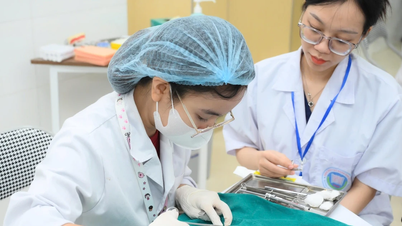
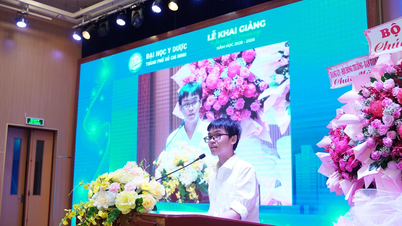
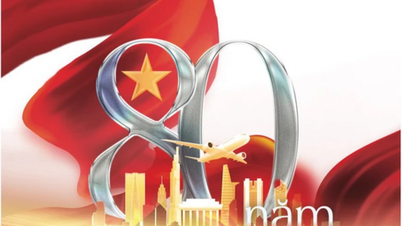

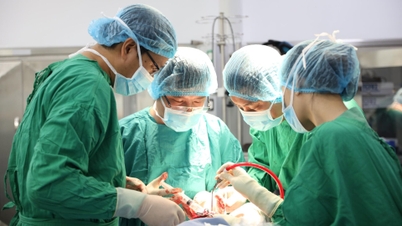

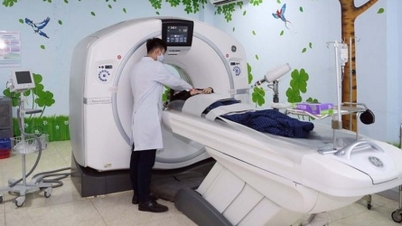

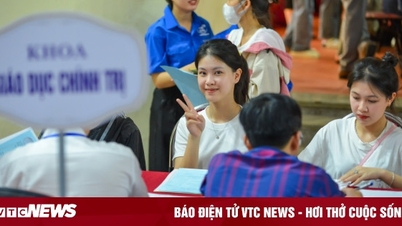

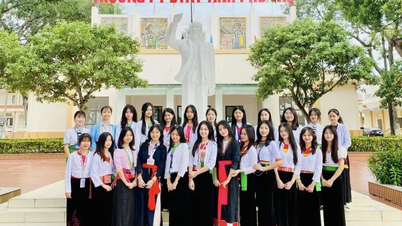

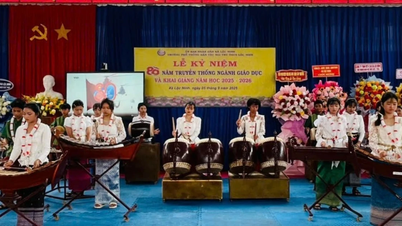
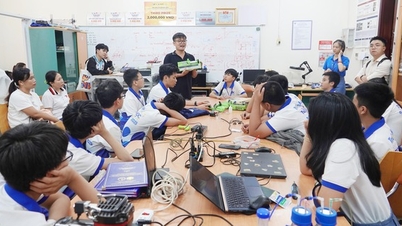

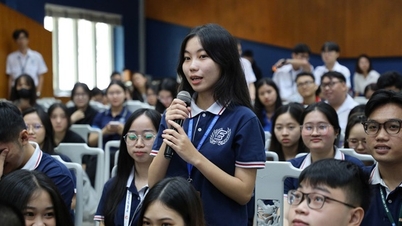








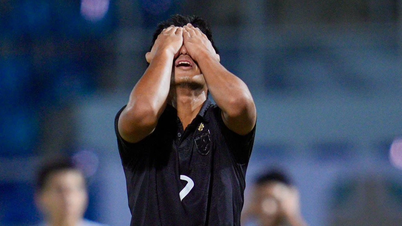

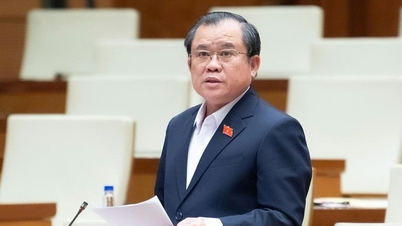





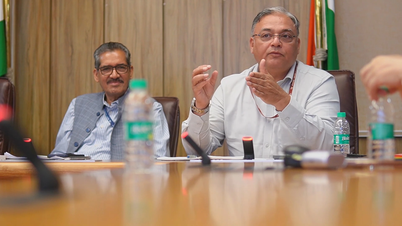

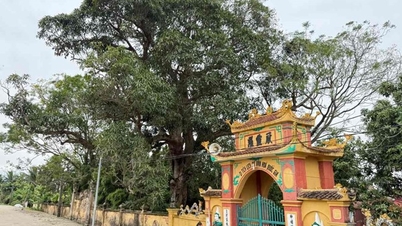




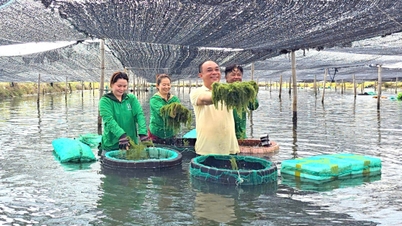



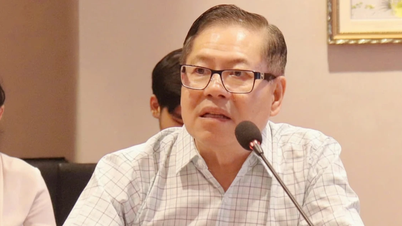
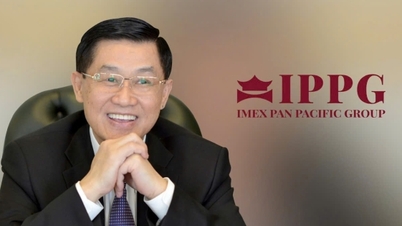



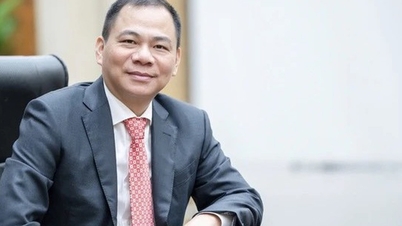






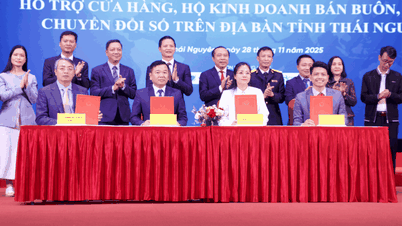








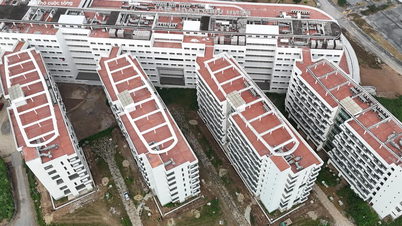
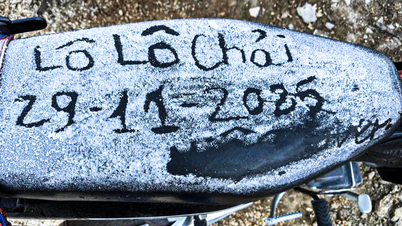
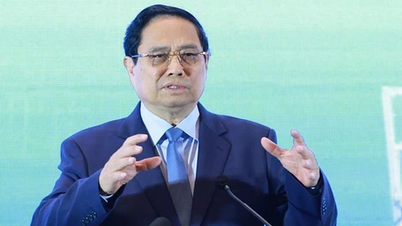

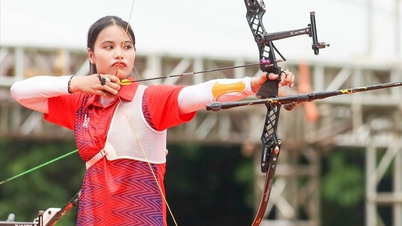
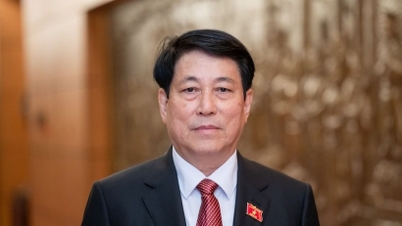


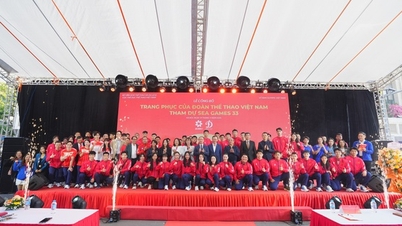

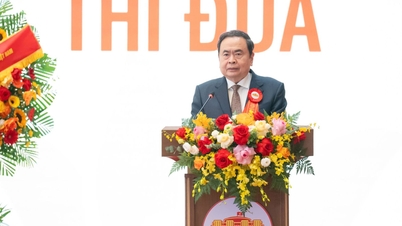


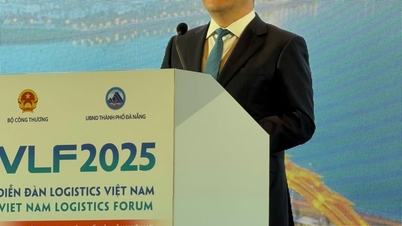
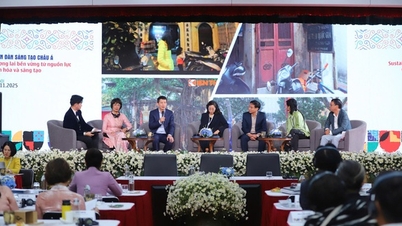
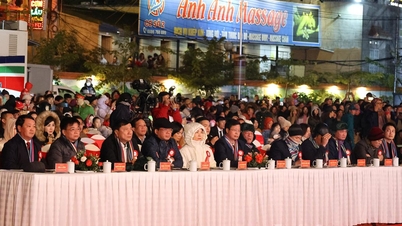






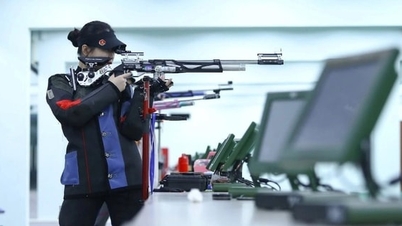

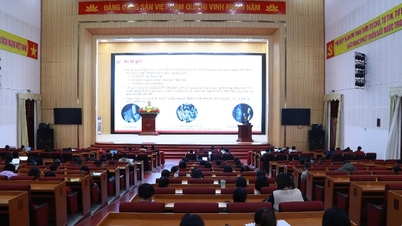






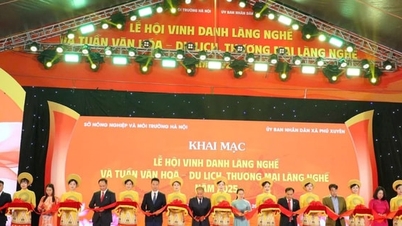





Comment (0)